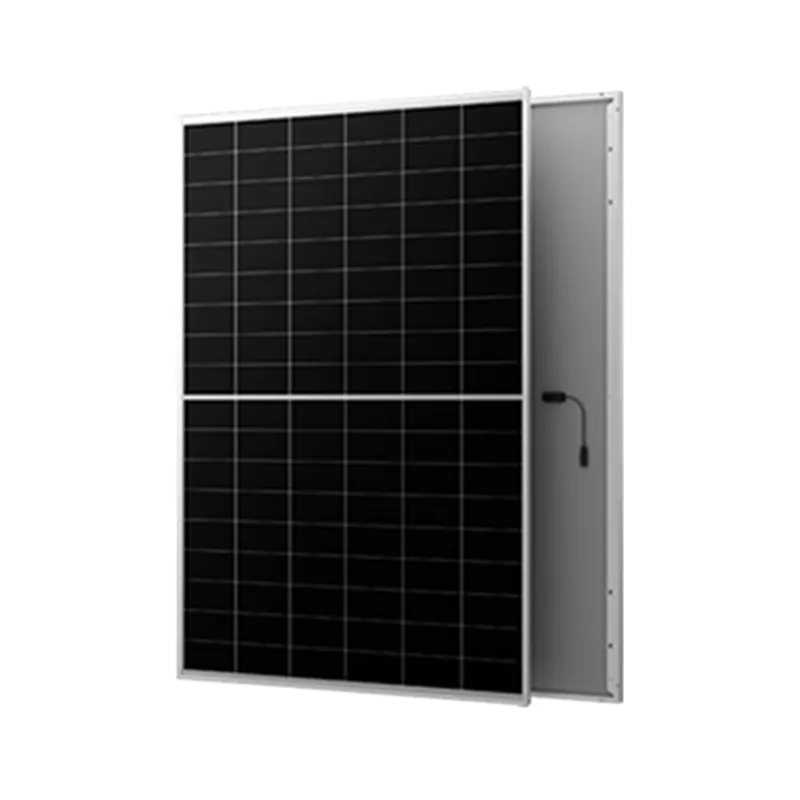Exploring Various Choices for Solar Panel Solutions and Their Benefits
Solar Panel Options A Comprehensive Guide
In recent years, the push for sustainable energy solutions has led to an increased interest in solar panels. As homeowners and businesses explore ways to reduce their carbon footprint and save on energy costs, understanding the various solar panel options available becomes essential. This article delves into the different types of solar panels, their advantages, and considerations for selecting the right option.
Types of Solar Panels
1. Monocrystalline Solar Panels Known for their high efficiency and sleek appearance, monocrystalline panels are made from a single crystal structure. They typically offer the highest power output per square foot, making them ideal for residential roofs with limited space. While they tend to be more expensive than other options, their longevity and efficiency can justify the initial investment.
2. Polycrystalline Solar Panels These panels are made from multiple crystal structures and are identifiable by their speckled blue appearance. Polycrystalline solar panels are generally less expensive to produce, which makes them a more budget-friendly option for homeowners. However, they have a slightly lower efficiency rate compared to their monocrystalline counterparts, which means they require more space to generate the same amount of power.
3. Thin-Film Solar Panels Thin-film panels are lightweight and flexible, which allows for creative installation options. They are made by depositing layers of photovoltaic material onto a substrate. While they are less efficient than crystalline panels, their lower manufacturing costs and adaptability make them appealing for large-scale installations. Thin-film panels also perform better in low-light conditions, making them suitable for locations with inconsistent sunlight.
Key Considerations When Choosing Solar Panels
- Efficiency This is a crucial factor to consider, especially if space is limited. Higher efficiency panels, such as monocrystalline, can produce more energy within a smaller footprint.
- Cost Analyze not only the upfront cost of solar panels but also the long-term savings on electricity bills and potential tax incentives. Sometimes, investing in a more expensive, efficient panel can yield better savings over time.
solar panel options

- Durability and Warranty Solar panels are generally built to last, but the quality varies by manufacturer. Look for panels with robust warranties—typically 25 years—which indicate the manufacturer's confidence in their product's durability.
- Aesthetic Preferences Some homeowners prioritize the appearance of solar panels, especially if they are concerned about how they will look on their roofs. Monocrystalline panels tend to have a more uniform appearance compared to polycrystalline panels.
- Interconnection and Incentives Check local regulations regarding grid interconnection and available government incentives. Some areas offer tax rebates or credits for solar installations, significantly reducing the overall cost.
Installation Considerations
Once the type of solar panels has been selected, the next step is installation. Finding a qualified solar installer is vital to ensuring the system is set up correctly and maximizes efficiency. It’s beneficial to get multiple quotes and inquire about the installer’s experience, certifications, and warranties.
Installation can vary in complexity, depending on the chosen system and the current electrical setup of the property. It is also worth noting that unless you plan to go completely off-grid, your solar system will typically be connected to the local power grid, allowing for net metering and the ability to sell excess electricity back to the utility.
Conclusion
As the demand for renewable energy continues to rise, solar panel options are becoming increasingly diverse, catering to different needs and budgets. By understanding the various types of solar panels, their benefits, and installation considerations, homeowners and businesses can make informed decisions that not only contribute to energy conservation but also enhance their long-term financial health. Whether opting for monocrystalline, polycrystalline, or thin-film panels, embracing solar energy represents a significant step towards a sustainable future.
-
Understanding the Advantages of Solar String Inverters for Your Energy SystemNewsApr.29,2025
-
Choosing the Right PV Inverter: A Comprehensive GuideNewsApr.29,2025
-
The Future of Solar Power: Exploring Bifacial Solar PanelsNewsApr.29,2025
-
The Complete Guide to Solar Panels: Efficiency, Cost, And InstallationNewsApr.29,2025
-
The Best Options for Efficiency and Cost-EffectivenessNewsApr.29,2025
-
Harnessing the Power of Off-Grid Solar Inverters for Energy IndependenceNewsApr.29,2025







